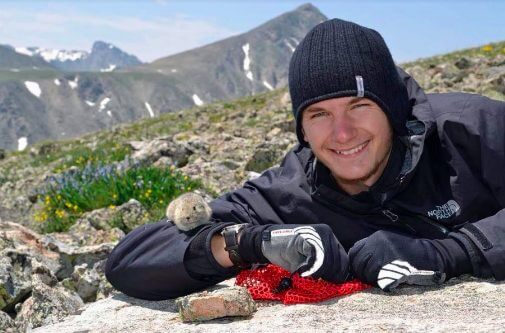Written by Audrey Wheeler
Until last year, Volkswagen was perhaps best known for beetle cars and hippie vans. But in September of 2015, Volkswagen saw a storm of negative attention when the U.S. government found out VW had produced cars that cheated in emissions tests. In the end, Volkswagen admitted that 11 million of their vehicles worldwide were equipped with software that allowed the cars to cheat during emissions tests, making it seem like the vehicles were ultra-clean when in reality they were polluting far over legal limits.
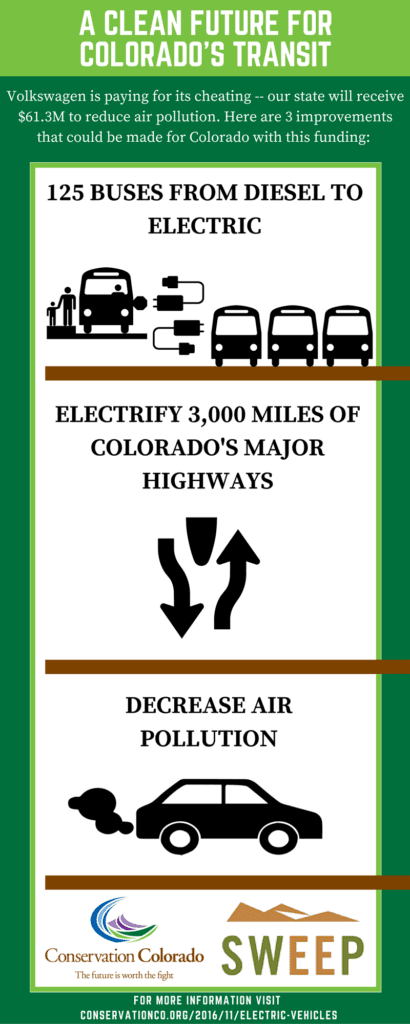 Emissions tests and air pollution limits are in place to protect human health and the air we breathe. Volkswagen’s “too-good-to-be-true” clean diesel cars emitted up to 40 times the legal limit of nitrogen oxides (“NOx”) on the road, but hid these emissions during tests. These smog-forming pollutants, according to one estimate,will be responsible for dozens of premature deaths in the U.S. Nearly 600,000 cheating vehicles were sold in the U.S. before Volkswagen was found out, including 9,350 in Colorado.
Emissions tests and air pollution limits are in place to protect human health and the air we breathe. Volkswagen’s “too-good-to-be-true” clean diesel cars emitted up to 40 times the legal limit of nitrogen oxides (“NOx”) on the road, but hid these emissions during tests. These smog-forming pollutants, according to one estimate,will be responsible for dozens of premature deaths in the U.S. Nearly 600,000 cheating vehicles were sold in the U.S. before Volkswagen was found out, including 9,350 in Colorado.
The U.S. Department of Justice filed a lawsuit to hold the company accountable, and the company agreed to pay large sums to reduce automobile emissions in each state where their cars were sold.
For Colorado, this means our state will receive $61.3 million to be used for certain activities to reduce emissions. It’s up to the Colorado Department of Public Health and the Environment (CDPHE) to decide how the money will be spent, and the agency is currently accepting public input on the decision.
This is a huge opportunity for Colorado to boost our transportation infrastructure in a way that will protect our clean air. Because VW’s cheating caused serious air pollution in our state, we are calling on CDPHE to maximize the benefits that this settlement could have for Colorado in terms of cleaning up our air clean and reducing carbon pollution. This means several things:
1. Allocate 15 percent of the funding (the maximum allowed by the settlement) to building out the charging network for electric vehicles (EV) across the state.
Colorado is currently the best state in the country for buying an EV because of our innovative tax incentives. But it’s important that we make it the best state in the nation to drive an EV. Some Coloradans are hesitant to buy an EV because they are concerned there aren’t enough charging stations to get around the state (a fear also known as “range anxiety.”) We want to make sure there is a trustworthy network of charging stations across the state and the region.
If 15 percent of the VW money goes towards building charging stations, this could result in 60 fast charging stations on our highways. Fast charging stations can provide an 80 percent charge for an EV in 20-30 minutes.
Electric charging stations are far cheaper than gas stations to build, and a National Science Foundation study in 2015 showed that increasing the number of charging stations by 10 percent per million people boosted EV sales by nearly 11 percent in the area. Constructing new fast charging stations is one of the best ways for Colorado to incentivize use of EVs and clean up our air.
2. Work with surrounding states to cooperatively electrify all of the major highway corridors.
Sixty new charging stations would mean Colorado could position one every 30-50 miles along the state’s major highways. That’s enough to electrify 3,000 miles of Colorado highways, or all of I-70, I-25, and I-76, as well as most of U.S. 285, U.S. 160, U.S. 550, U.S. 40 and U.S. 50! This settlement provides an opportunity to build a network that makes EV trips practical in most places in our state.

And not only should we electrify our own highways, but we can and should coordinate with neighboring states to enable EV driving throughout the intermountain west.
3. Use the remainder of the funds to replace older diesel buses with clean electric buses.
The remainder of the settlement funds — 85 percent or about $52 million — could fund up to 125 new electric buses, which would be a huge leap in the shift to a cleaner transportation fleet.
Electric buses are by far the best option for a clean transportation future, as opposed to Compressed Natural Gas (CNG) vehicles, because they emit far fewer health-harming pollutants. Transitioning to electric buses could cut 90,000 tons of carbon pollution over the lifespan of the buses — that’s the same as taking 17,000 cars off the road for a year!
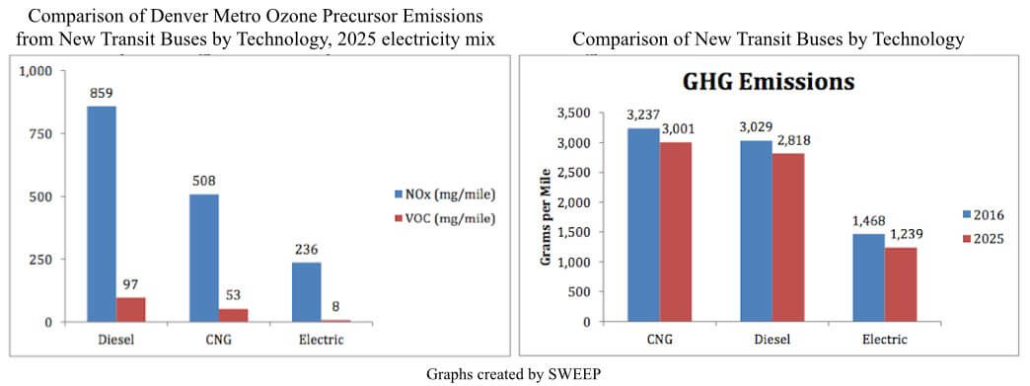
Importantly, electric buses would help clean up the air for disadvantaged communities that suffer greater health impacts from air pollution. Traffic pollution has grave impacts on our health, from asthma attacks in children to impaired lung function, premature death, death from cardiovascular diseases, and cardiovascular morbidity. Plus, bus routes often run through dense areas and neighborhoods with high volumes of pedestrians. Electric buses would reduce the noise and eliminate diesel fumes, benefiting those neighborhoods.
In a rapidly warming world where climate change is slated to have dangerous impacts in Colorado, this is a great opportunity to advance public transit in a way that is good for our air and our climate. All in all, $61.3 million is enough to jump start Colorado’s clean transportation future. We’re working to tell the Colorado Department of Public Health and the Environment that the best way to use the money is the way that will benefit all Coloradans.

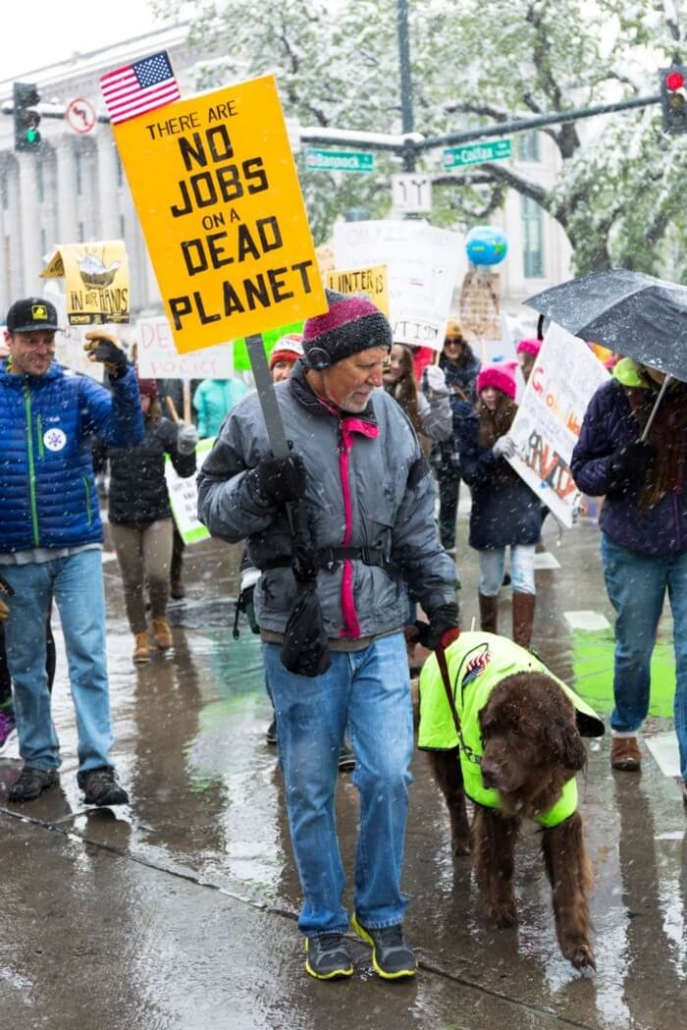

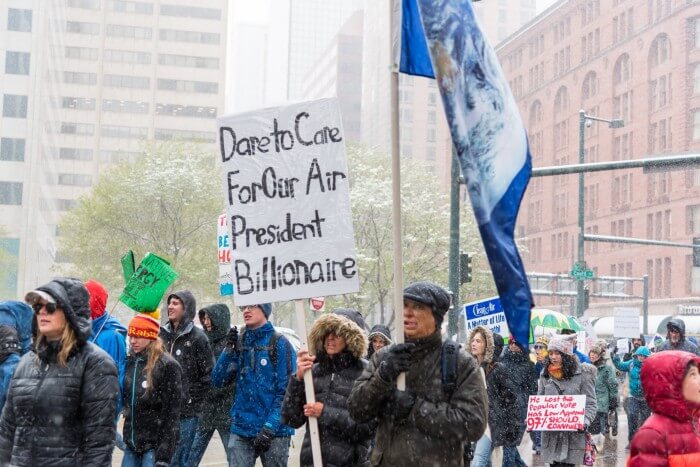
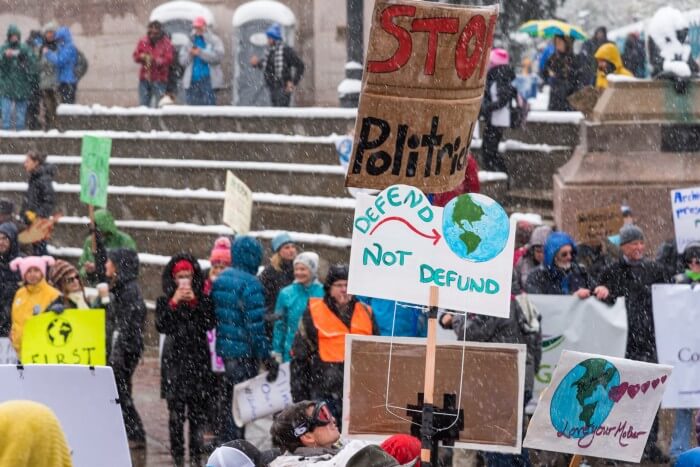


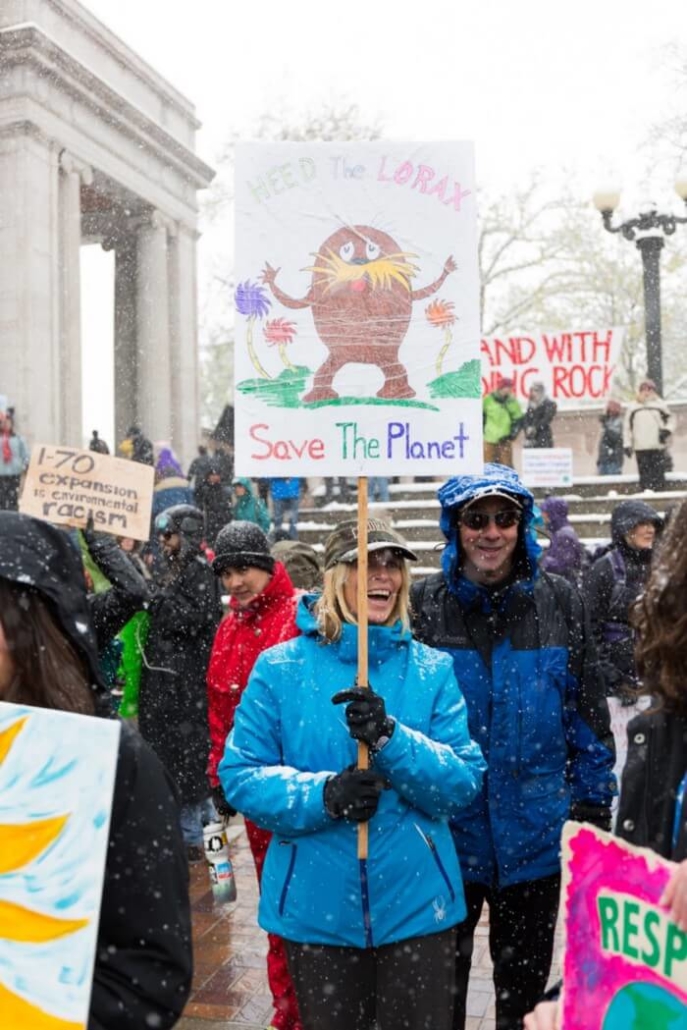
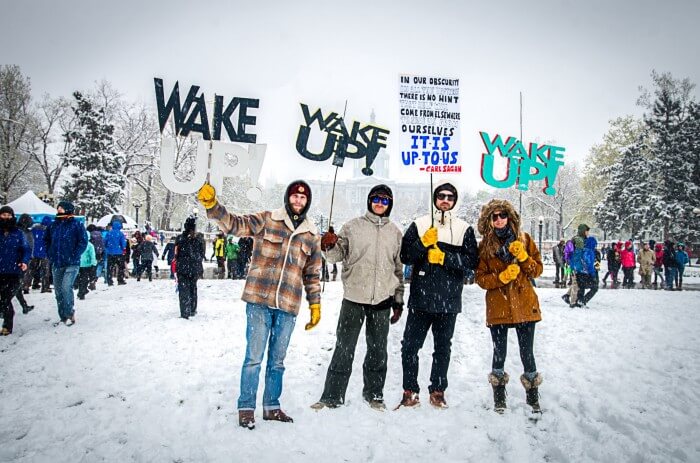
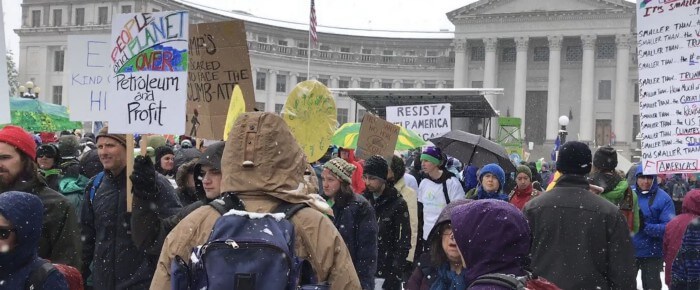
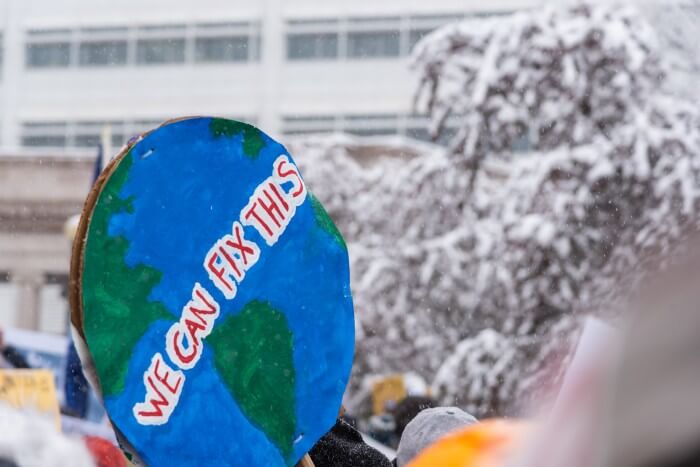

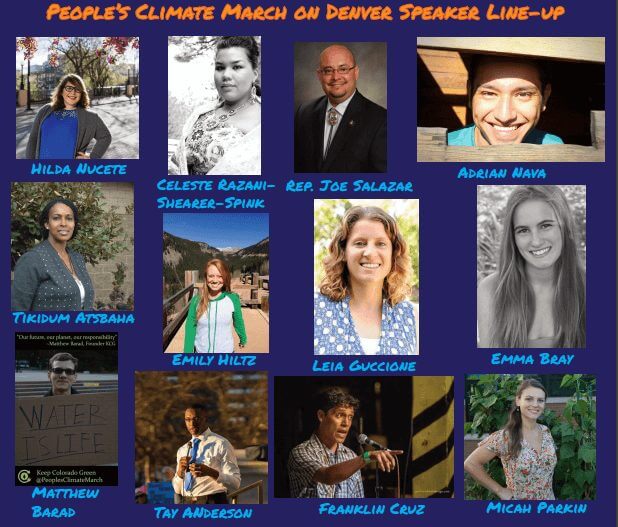

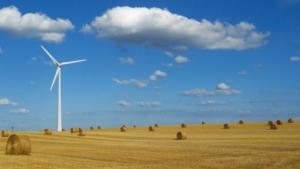 Colorado’s had a promising start to lead on climate solutions. Our renewable energy standard of 30% by 2020 and the “Clean Air Clean Jobs Act” of 2010 that converted coal-fired power plants to clean resources like wind and solar put us on a great trajectory. Our state has proven it is possible to reduce carbon pollution in ways that boost the economy.
Colorado’s had a promising start to lead on climate solutions. Our renewable energy standard of 30% by 2020 and the “Clean Air Clean Jobs Act” of 2010 that converted coal-fired power plants to clean resources like wind and solar put us on a great trajectory. Our state has proven it is possible to reduce carbon pollution in ways that boost the economy.


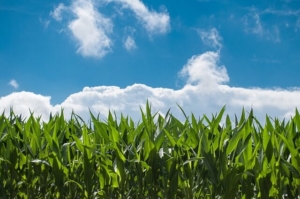 So far, scientists haven’t come up with a one-size-fits-all climate change solution for agriculture. But they are constantly looking for and researching new ideas. One of these is a technique called precision agriculture. Raj Kholsa, another CSU researcher, lays precision agriculture out
So far, scientists haven’t come up with a one-size-fits-all climate change solution for agriculture. But they are constantly looking for and researching new ideas. One of these is a technique called precision agriculture. Raj Kholsa, another CSU researcher, lays precision agriculture out  Emissions tests and air pollution limits are in place to protect human health and the air we breathe. Volkswagen’s “too-good-to-be-true” clean diesel cars emitted up to 40 times the legal limit of nitrogen oxides (“NOx”) on the road, but hid these emissions during tests. These smog-forming pollutants, according to
Emissions tests and air pollution limits are in place to protect human health and the air we breathe. Volkswagen’s “too-good-to-be-true” clean diesel cars emitted up to 40 times the legal limit of nitrogen oxides (“NOx”) on the road, but hid these emissions during tests. These smog-forming pollutants, according to 

 In short, climate change doesn’t just affect high alpine creatures, coastal communities, or big ski resorts. It affects almost all forms of outdoor recreation, threatening our seasons and making planning nearly impossible. Soaring temperatures and unpredictable weather events are a major headache for guides, outdoor enthusiasts, and outing programs.
In short, climate change doesn’t just affect high alpine creatures, coastal communities, or big ski resorts. It affects almost all forms of outdoor recreation, threatening our seasons and making planning nearly impossible. Soaring temperatures and unpredictable weather events are a major headache for guides, outdoor enthusiasts, and outing programs.